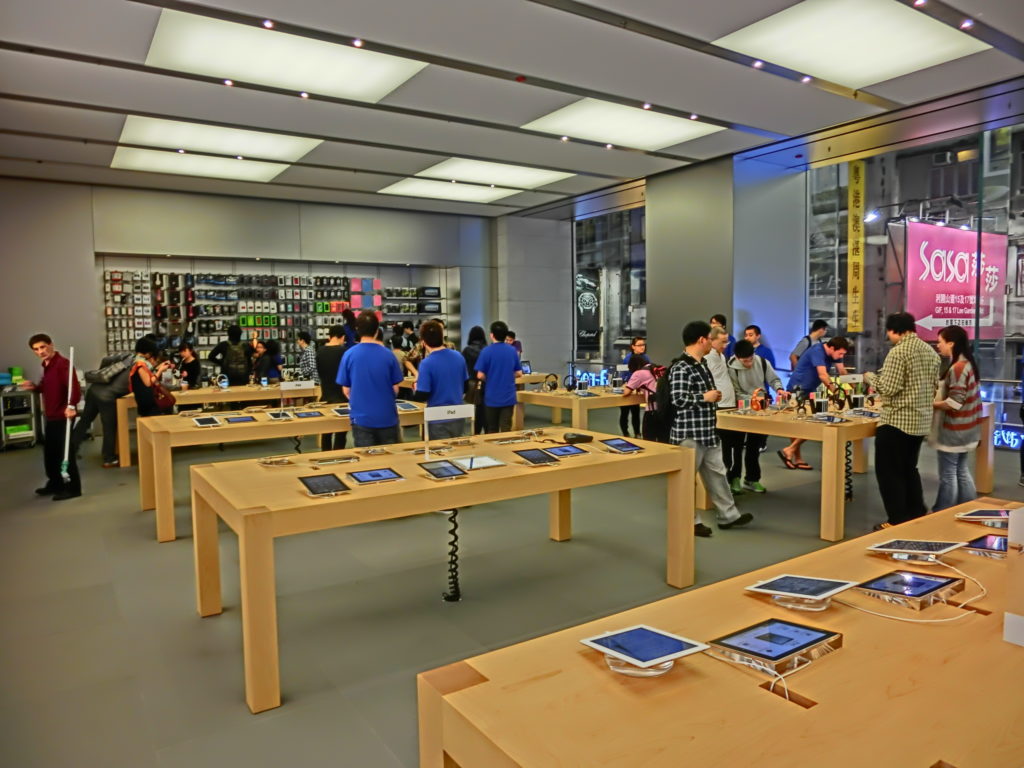Close your eyes, and imagine that when you open them you have been magically transported to another country and you are inside a McDonald’s. How do you know you’re in a McDonald’s? Surely you would know without having to see the name McDonald’s or the famous Golden Arches logo. Would you even know that you were in a different country? Probably not – and that’s exactly how McDonald’s wants it. A Mickey D’s has a certain look and feel, which is easily and immediately identifiable.
The look and feel of products or services are considered “trade dress.” In the United States, trade dress is considered a symbol or device under trademark law, and can be registered and enforced just like any other trademark. And you better believe companies enforce their trade dress rights.
In China, trade dress is not well defined and not given specific protection as such. Conceptually, trade dress in China incorporates IP elements that don’t fit neatly under the rubric of trademark, copyright, or patent, and to the extent trade dress is protected in China, it is via China’s Anti-Unfair Competition Law (AUCL). However, insofar as it applies to trade dress, the AUCL is not particularly strong, only applies to “famous” products and services, and doesn’t have a mechanism for registration. In other words, you can only enforce trade dress rights by taking administrative or legal action.
While there have been some interesting trade dress cases coming out of China in recent years, for most brands it is not a realistic option, and the good ole trio of trademarks, copyrights, and patents remains the way to go. This said, for brands that are getting very popular in China, trade dress may present one more protection avenue.
It is also worth remembering that concepts such as fame are not static: Think of everyone and everything that is famous today but was not ten years ago. Trademarks that were not considered “well-known” a few years ago might qualify for protection as such in the China of today. As brands keep a pulse on their growing recognition, the legal implications should be kept in mind. A trade dress infringement lawsuit that would have seemed a bridge too far a few years ago may be plausible now.
As a final note, this is one more example of why it is critical to keep IP protection considerations in mind when it comes to branding. While some brands obviously do an excellent job in this regard, some international brands get sloppy, especially when the work with local partners. I once attended an event at a European brand’s hotel in Zhengzhou. It did not look at all like other other properties belonging to that brand, to the point I had to confirm it was a genuine property on the company’s website. For obvious reasons, such inconsistencies hinder brand protection efforts, in the same way that using different trademarks on different products would.

























